Quick Answer:
You can grow in the shoulder season with a greenhouse by overlapping warm- and cool-season crops, managing ventilation to handle temperature swings, and refreshing soil for new planting. The greenhouse protects against early frosts and extends harvests, making it possible to keep fresh produce coming as summer turns to fall.
- Quick Answer
- Why does the shoulder season matter for greenhouse gardeners?
- How does a greenhouse help extend the season?
- What should you plant in September inside your greenhouse?
- What greenhouse tasks are most important in September?
- How can you prepare now for winter and spring success?
- Ready to make the most of your greenhouse this fall?
Why does the shoulder season matter for greenhouse gardeners?
The shoulder season, the transitional period between summer and fall, is one of the most important times of year for greenhouse growers. Temperatures swing wildly, daylight hours shorten, and the first frosts loom on the horizon. For gardeners, without a greenhouse, this often signals the end of production. With a BC Greenhouse, the shoulder season becomes an opportunity: to stretch out your harvests, to start cool-weather crops early, and to experiment with year-round growing strategies.
How does a greenhouse help extend the season?
One of the biggest challenges in September is the unpredictability of the weather. A greenhouse acts as a buffer, protecting plants from both early cold snaps and lingering summer heat. By stabilizing growing conditions, you can:
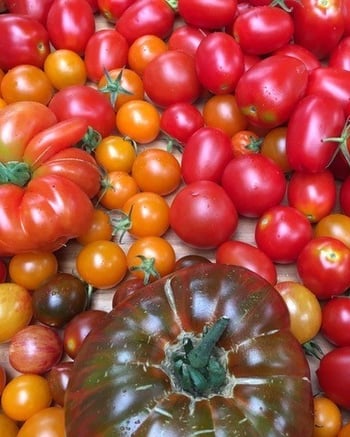
Warm-season crops
Keep tomatoes, peppers, and cucumbers inside your greenhouse where temperatures remain stable.
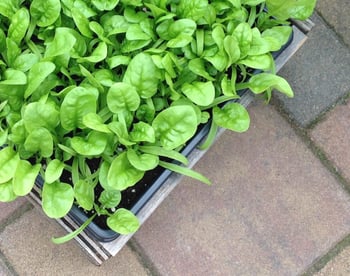
Cool-season crops
Lettuce, spinach, kale, and other greens thrive in cooler conditions without the worry of frost.
.jpeg?width=350&name=GreenhouseFall33%20(1).jpeg)
Bridging crops
Use your greenhouse to transition seamlessly between the two, extending your overall harvest widow.
At BC Greenhouse Builders, we design our structures to meet these exact challenges. From customizable ventilation systems to glazing options that balance insulation with light transmission, your greenhouse becomes a year-round tool instead of just a summer luxury.
What should you plant in September inside your greenhouse?
Early fall is a sweet spot where you can overlap crops:
- Warm-season holdovers: Tomatoes, peppers, and cucumbers can keep ripening into late September and even October in many regions.
- Cool-Season staples: Spinach, lettuce, kale, radishes, and carrots thrive as days cool down.
- Shoulder season stars: Herbs like parsley and cilantro, overwintering crops like garlic, and brassicas such as broccoli and cabbage that set you up for fall and winter harvests.
Pro Tip: Succession planting is your best friend. As you pull out the last of your summer vines, sow new rows of fall greens to keep the harvest cycle rolling.
What greenhouse tasks are most important in September?
Transitioning between seasons requires a few key adjustments:
Ventilation
Even as nights cool, sunny days can spike temperatures inside. Use vents, louvres, or fans to regulate airflow. Consistent ventilation prevents heat stress and reduces humidity buildup, which helps keep plants healthier as the season changes.
Shading and insulation
As summer fades, consider removing shade cloth to maximize fall sunlight while preparing thermal curtains or insulation for nighttime protection. Balancing shade and insulation ensures your plants receive enough light during shorter days while staying protected from cooler temperatures.
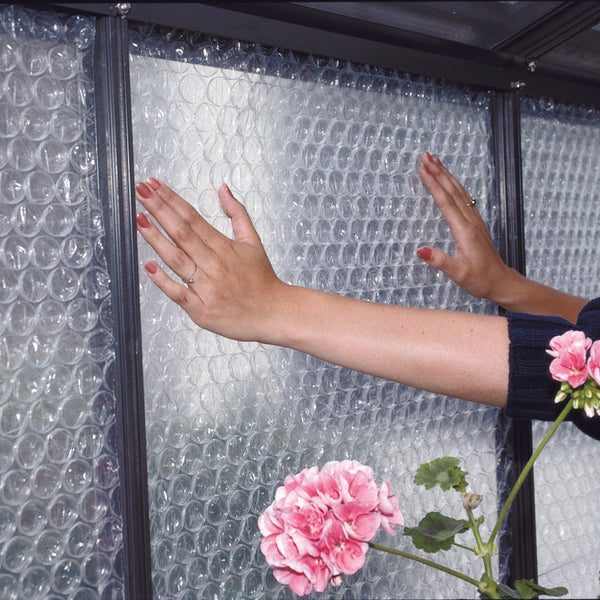
Greenhouse Bubble Insulation
$54.95Want to save on your heating bill? This Greenhouse Bubble Insulation helps reduce heat loss by creating an extra layer of warmth, keeping temperatures stable and energy bills low. It’s clear to allow light in while trapping warmth, making it ideal for maintaining a healthy environment for your plants.
Pest and disease control
Warm, humid conditions are ideal for pests and mildew during transitional weather. Inspect plants closely for early signs of infestation or disease. Integrated pest management, including sticky traps, pruning, and proper space, can keep issues from spreading quickly.
Soil refresh
After heavy summer crops, soil nutrients are often depleted. Amend beds with compost or organic fertilizer to restore balance before planting fall crops. Healthy soil ensures your cool-season vegetables and herbs have the nutrition they need for vigorous growth.
How can you prepare now for winter and spring success?
What you do in September sets the stage for the seasons ahead:
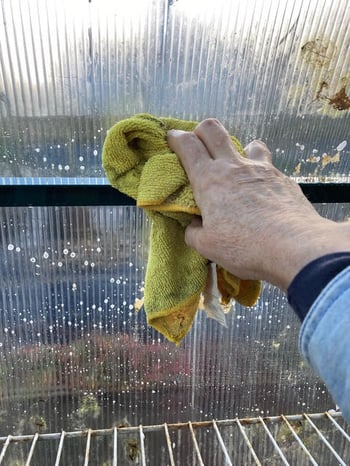
Clean and organize
Use this transitional time to clean tools, tidy benches, and organize supplies. A well-ordered greenhouse makes winter growing and early spring starts much easier.
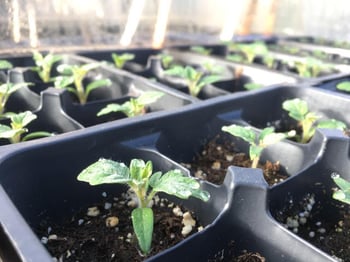
Start seedlings
Seedlings such as hardy greens, onions, or perennial herbs will be ready to move into beds in spring, giving you a head start next season.
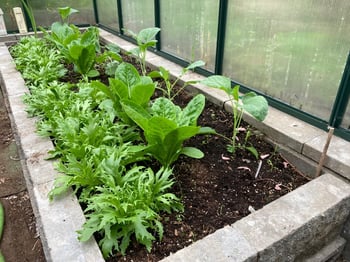
Crop rotation
Organize your greenhouse layout with crop rotation in mind. Rotating crops helps break pest and disease cycles and balances soil nutrients, making your greenhouse healthier and more productive year after year.
By treating your greenhouse as a year-round growing environment, you are not just reacting to weather shifts. You are staying one step ahead.
Ready to make the most of your greenhouse this fall?
Growing in the shoulder season does not have to be complicated. With the right tools and strategies, your greenhouse can carry you from summer abundance into fall harvests and beyond. At BC Greenhouse Builders, we have been helping growers extend their seasons for decades, and we are here to help you do the same.
Curious about greenhouse upgrades or planning the year ahead?
Explore our Buyer's Checklist or request our latest catalog to see which options make the most sense for your garden.



